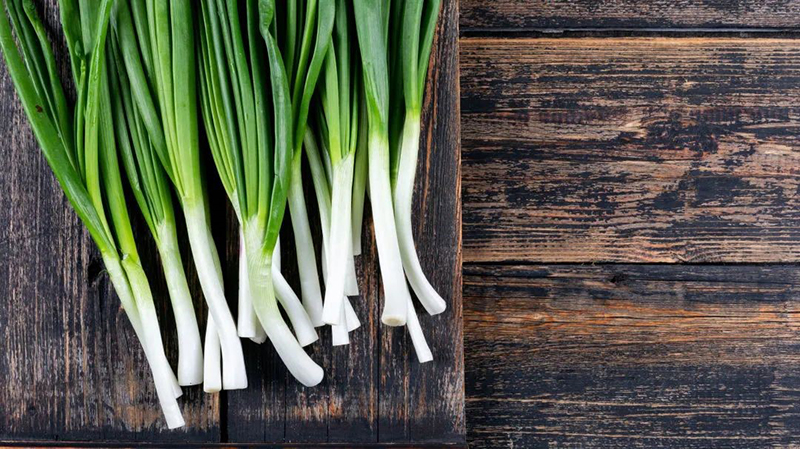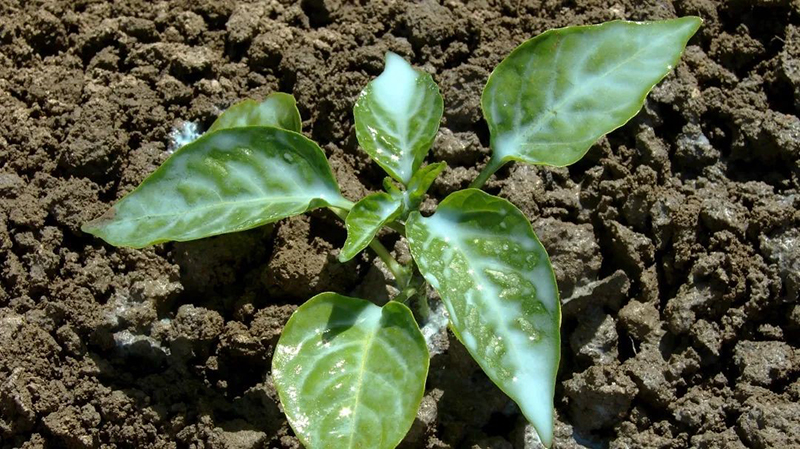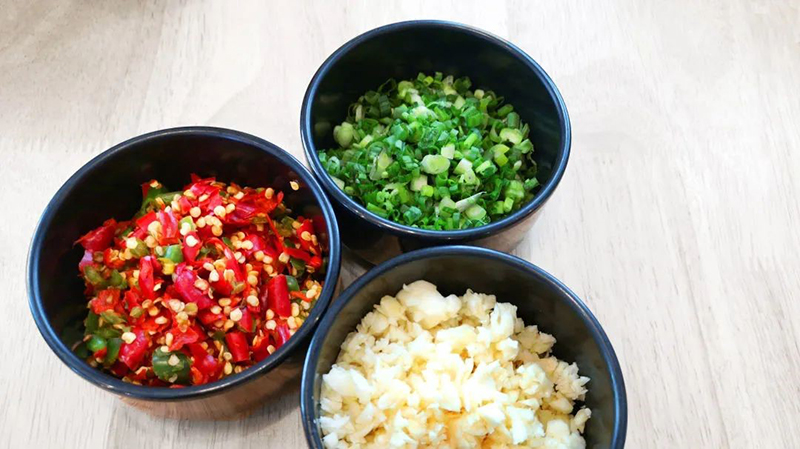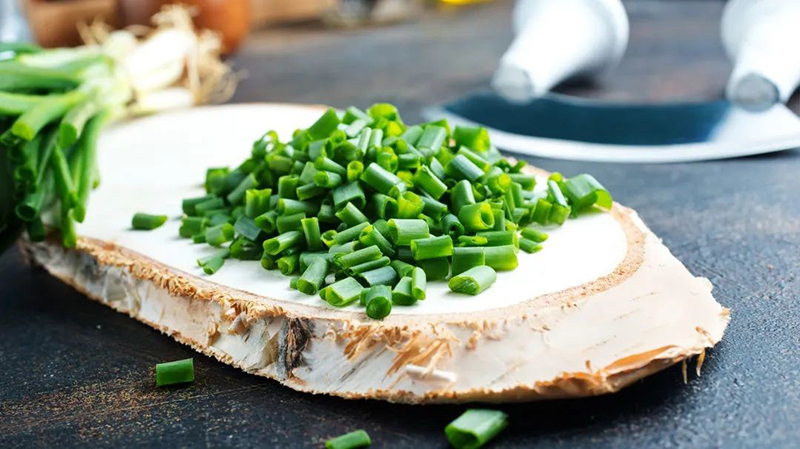Onions, ginger, and garlic are indispensable ingredients for cooking and cooking in thousands of households. If there are food safety issues with the ingredients used every day, the whole country will be really panicked. Recently, the market supervision department discovered a kind of “discolored chives” during a random inspection of a vegetable market in Guizhou. These chives are sold, and when you gently rub them with your hands, your hands will be stained with a light blue color.
Why do the originally green chives turn blue when rubbed? According to investigation results announced by the local regulatory authorities, the reason for the discoloration of chives may be due to the pesticide “Bordeaux mixture” sprayed by farmers during the planting process.
What is “Bordeaux liquid”?
Mixing copper sulfate, quicklime and water in a ratio of 1:1:100 will form a “sky blue colloidal suspension”, which is “Bordeaux mixture”
What is “Bordeaux liquid” used for?
For chives, Bordeaux liquid is actually an effective fungicide and can “kill” a variety of germs. After Bordeaux mixture is sprayed on the surface of plants, it will form a protective film that is not easily dissolved when exposed to water. The copper ions in the protective film can play a role in sterilization, disease prevention and preservation.
How toxic is “Bordeaux liquid”?
The main ingredients of “Bordeaux liquid” include hydrated lime, copper sulfate and water. The main source of safety risks is copper ions. Copper is a heavy metal, but it does not have toxicity or accumulation of toxicity. It is one of the essential metal elements for the human body. Normal people need to consume 2-3 mg per day. The Expert Committee on Food Additives (JECFA) under the WHO believes that, taking a 60-kg adult as an example, long-term daily intake of 30 mg of copper will not pose a threat to human health. Therefore, “Bordeaux liquid” is also considered a A safer pesticide.
What are the regulatory limits for “Bordeaux Liquid”?
Because copper is relatively safe, countries around the world have not clearly defined its limits in food. my country’s national standards once stipulated that the residual amount of copper in food should not exceed 10 mg/kg, but this limit was also canceled in 2010.
If conditions permit, it is recommended that you purchase from regular channels such as supermarkets and large farmers’ markets, soak them thoroughly before eating to remove water-soluble pesticide residues, and then carefully wash the onion leaves and stems and gaps to effectively remove ” Water-insoluble pesticide residues such as “Bordeaux Liquid” can effectively improve the safety of chives or other fruits and vegetables.
Post time: Oct-16-2023









